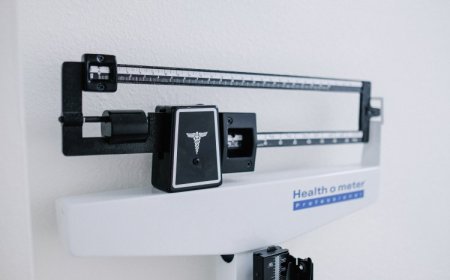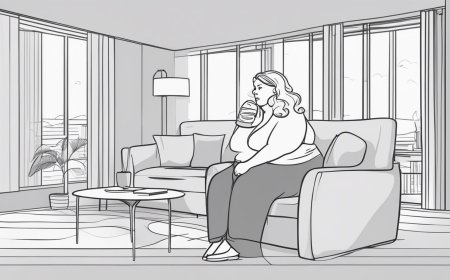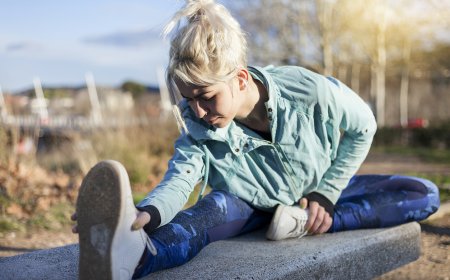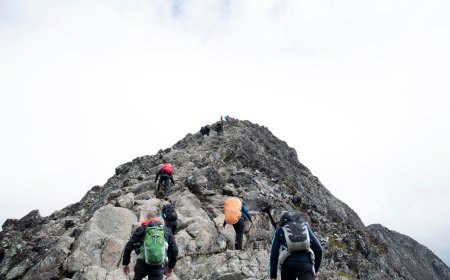Standing Strong: Integrating Physical Activity and Strength Exercises for Fall Injury Prevention
Explore the crucial role of physical activity and strength exercises in preventing fall injuries. Discover how a tailored fitness regimen can enhance stability, improve balance, and ensure a future of mobility and independence. Dive into our comprehensive guide for a life free from the constraints of fall-related injuries.
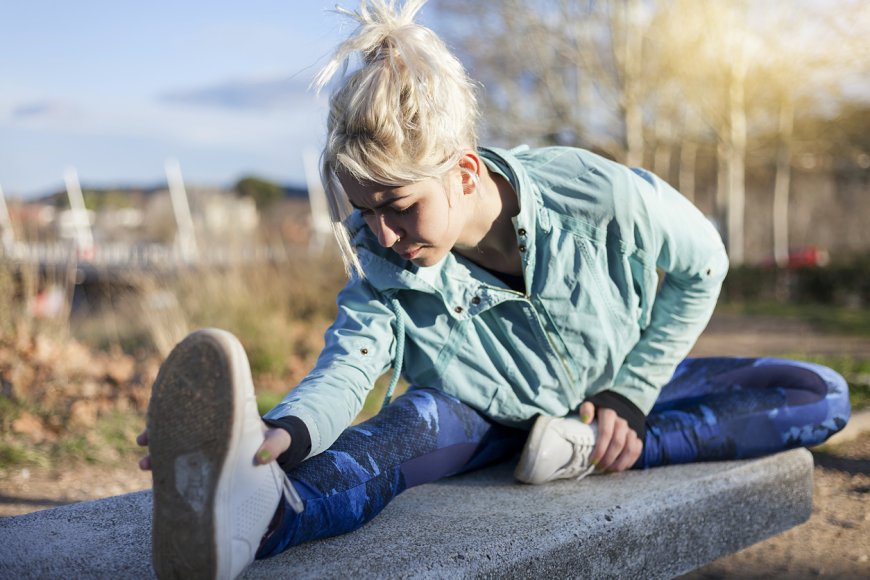
In the journey of life, maintaining physical health and preventing injuries are paramount, especially as we navigate through the decades. One of the most common yet overlooked threats to adults, particularly those in their later years, is the risk of fall-related injuries. However, what if the key to mitigating this risk lay within our own commitment to physical activity and strength exercise? This article delves into the pivotal role that a proactive approach to fitness can play in safeguarding against falls, ensuring a future where mobility and independence continue to thrive.
Understanding the Peril of Falls
Falls are not merely incidents of happenstance but are often the culmination of various factors diminishing the body's ability to maintain balance and stability. As we age, our muscle mass naturally declines, bones become more brittle, and our reflexes aren't as sharp as they once were. These biological changes, coupled with environmental hazards, can make falls a frequent and dangerous occurrence. The repercussions of such falls are far from negligible, with potential outcomes ranging from minor bruises to severe fractures, long-term disability, and even mortality.
The Gravity of the Situation
For seniors, a fall can be the starting point of a drastically altered life quality, leading to serious injuries, loss of independence, and in severe cases, death. The World Health Organization (WHO) reports that falls are the second leading cause of accidental or unintentional injury deaths worldwide. Among older adults, particularly those over 65, falls are the leading cause of injury-related death.
Causes and Risk Factors
Several factors contribute to the high incidence of falls among the elderly, including:
-
Physical Health: Age-related decline in physical health, such as reduced muscle strength, joint flexibility, and bone density, increases fall risk. Conditions like arthritis, osteoporosis, and neurological disorders further exacerbate the situation.
-
Sensory Decline: Vision and hearing impairments can destabilize an elderly person's balance and spatial awareness, making them more prone to trips and stumbles.
-
Medication Side Effects: Many medications, including sedatives and antihypertensives, can affect balance and cognitive function, leading to an increased risk of falling.
-
Environmental Hazards: Poor lighting, loose rugs, slippery floors, and uneven surfaces are common household hazards that can cause falls.
Consequences of Falls
The consequences of falls in the elderly can be severe and multi-faceted:
-
Physical Injury: Hip fractures and head injuries are among the most severe consequences of falls and significantly contribute to mortality rates. Hip fractures, in particular, have a high mortality rate, with a significant percentage of elderly patients dying within a year after the injury.
-
Psychological Impact: The fear of falling again can lead to reduced activity levels, social isolation, and depression, further diminishing quality of life and physical health.
-
Economic Burden: The healthcare costs associated with falls are substantial, including emergency care, surgical treatments, rehabilitation, and long-term care facilities.
The First Line Defence:
People in their 30s should proactively engage in physical activities that bolster strength, flexibility, and stability to lay a strong foundation for preventing fall injuries later in life. Protecting yourself from fall injuries involves a multifaceted approach focusing on physical activity and strength exercises.
The Shield of Physical Activity and Strength Exercise
Engaging in regular physical activity and strength exercises emerges as a powerful shield against the threat of falls. Here's how:
Here’s how you can minimize the risk:
-
Balance Training: Engage in activities that enhance your balance. Tai Chi, for example, is well-known for improving balance and stability. Simple exercises like standing on one leg or walking heel-to-toe can also help.
-
Strength Training: Strengthening your legs and core muscles will make you sturdier and less prone to falls. Exercises like squats, lunges, and leg raises are beneficial. Incorporating light weights or resistance bands can further improve muscle strength.
-
Flexibility Exercises: Flexibility helps maintain a full range of motion in your joints, which can prevent falls by helping you maintain balance and avoid awkward movements. Stretch regularly, focusing on legs, hips, and back.
-
Posture Exercises: Good posture aligns your body, reduces wear and tear on the spine, and helps maintain balance. Yoga and Pilates are great for improving posture and core strength.
-
Regular Walking: Simple yet effective, regular walking improves your overall strength, balance, and cardiovascular health, which in turn helps in preventing falls.
-
Consult a Professional: Before starting any new exercise regimen, especially if you have a history of falls or a chronic condition, consult with a healthcare professional or a physical therapist. They can provide a tailored exercise plan that fits your specific needs.
What's Your Reaction?









